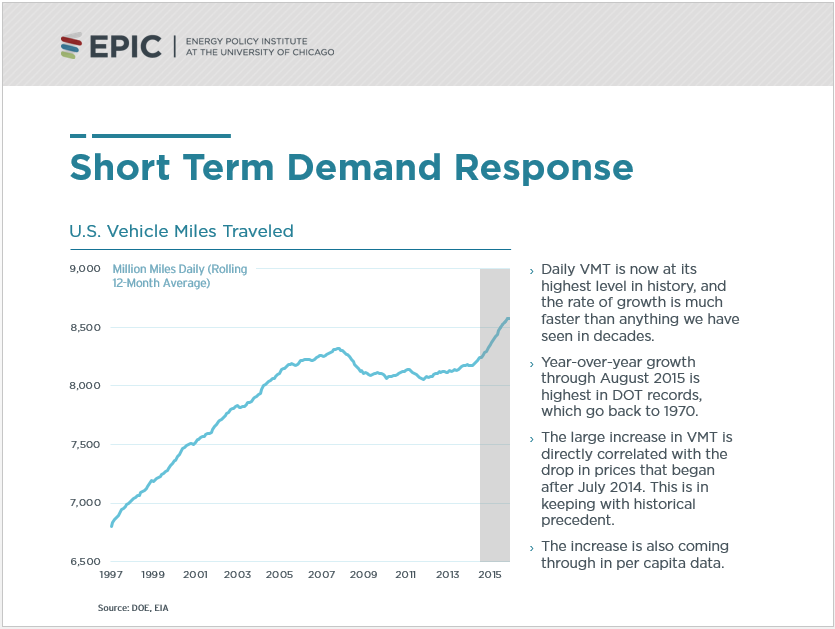Global Demand Growth for Oil May Fall by a Third in 2016
(Wall Street Journal) After hitting a five-year high in 2015, the global growth in demand for oil is expected to fall by about a third next year, adding further strain to an already oversupplied crude market.


